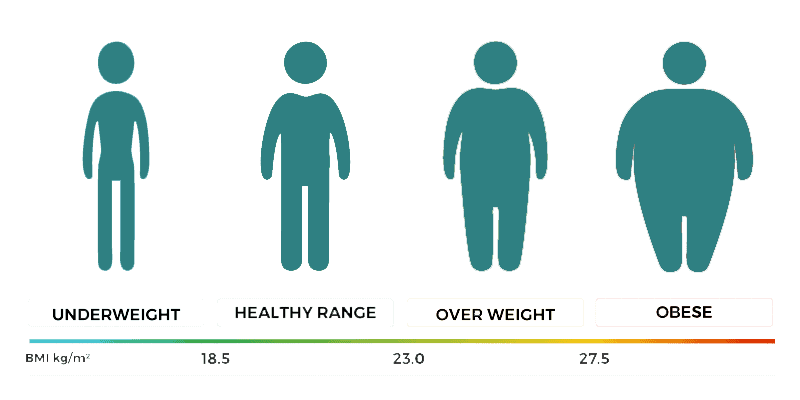FOLATE AND FOLIC ACID
- Folate is a vitamin that is essential in the earliest days of fetal growth for healthy development of the brain, spinal cord, and skull.
- Ensuring sufficient levels of folate in women prior to conception can reduce neural tube defects (a serious birth defect) by up to 50%.
- Supplementations of women 15-49 years with folic acid, and fortification of foods such as wheat flour with folic acid, are effective interventions for the reduction of birth defects, morbidity, and mortality in newborns.
- Since 1998, enriched grain products in the United States have been fortified with folic acid to prevent neural tube defects. Recent studies on folic acid fortification show that obese individuals also show lower fasting serum folate concentrations, but, paradoxically, their red blood cell (RBC) folate concentrations and MeFox (5-methyltetrahydrofolate oxidation product) are significantly higher, when compared with nonobese individuals.
- Obesity is also found to be associated with increased activity of cytochrome P450 (CYP) 2E1, a monooxygenase enzyme that can use folic acid as a substrate. Folate content in RBC is known to reflect long-term average consumption and tissue stores because RBC only accumulates folate during erythropoiesis, and increased serum MeFox suggests increased degradation of folic acid.
- Moreover, recent evidence shows that obesity is associated with high fasting serum N1-methylnicotinamide without significant changes in nicotinamide levels and that plasma N1-methylnicotinamide correlates with increased tissue expression of nicotinamide N-methyltransferase (NNMT, a major enzyme responsible for the degradation of nicotinamide to N1-methylnicotinamide) and the degree of insulin resistance.





